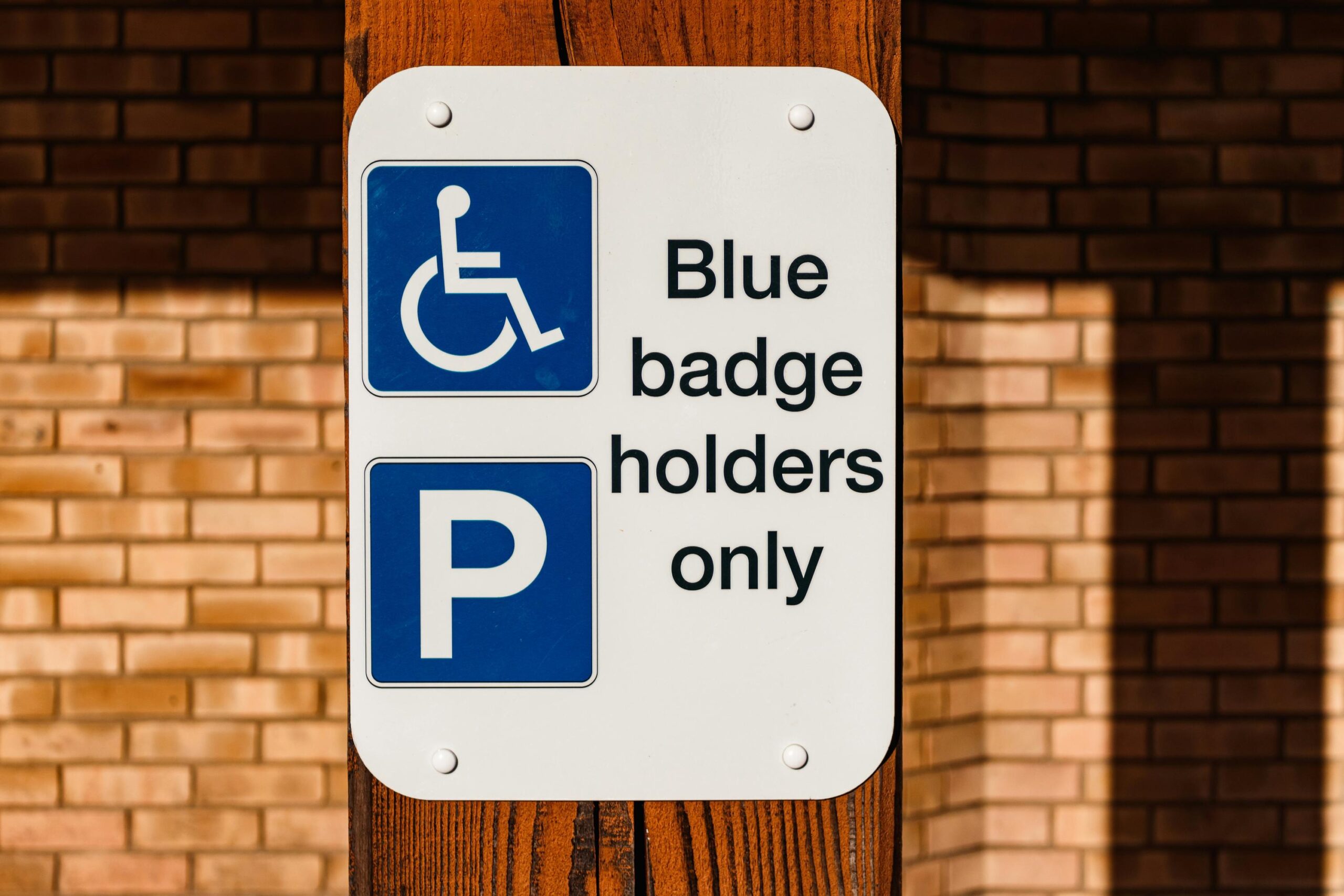Buying a second wheelchair accessible vehicle (WAV) involves several key decisions. Whether you’re upgrading, expanding your transport options, or replacing an older model, it’s essential to make informed choices. Your vehicle should provide comfort, safety, and reliability for you and your passengers.
Make Your Budget
Budgeting is an essential step when buying a second WAV. Determine how much you’re willing to spend, considering both the initial purchase price and ongoing costs like insurance, maintenance, and fuel. This will help you focus on options within your financial means.
It’s also worth looking into financing options if you don’t have the full amount upfront. Many dealers offer financing plans that can make your purchase more affordable. Remember to include these costs in your budget planning.
Consider Fuel Efficiency
Fuel efficiency is an important factor to consider when buying a second WAV. A more fuel-efficient vehicle can save you money on running costs and is better for the environment. Check the miles per gallon (MPG) rating and compare it with other similar vehicles to ensure you’re getting a good deal.
Think about the type of driving you’ll be doing most often. If you’re mainly driving in the city, a vehicle with good urban MPG might be more beneficial. For longer journeys, highway fuel efficiency becomes more critical. Balancing these factors can help you choose a vehicle that suits your needs and budget.
Consider New vs. Used
Deciding between a new or used WAV is another crucial consideration. New WAVs often come with the latest features and a warranty, providing peace of mind. However, they can be more expensive. If you qualify for a Motability allowance, you may find that a new vehicle is within your budget, though if you have used it for your primary vehicle, this may not be possible.
On the other hand, used wheelchair accessible vehicles can be more affordable. Buying a used WAV might save you money, but it’s important to ensure the vehicle is in good condition. Look for a reputable dealer who offers a thorough inspection and a warranty.
Check Accessibility Features
Accessibility is at the heart of any WAV. Ensure the vehicle has easy access points, usually from the rear, and sufficient space for the wheelchair user to enter and exit comfortably. Check the ramp or lift mechanism to ensure it operates smoothly and safely.
Consider the interior layout. There should be ample space for the wheelchair and any necessary equipment. Comfort for all passengers, including those in wheelchairs, is essential for a pleasant travel experience.
Evaluate Safety Features
Safety should never be compromised. Look for WAVs with robust safety features such as secure wheelchair tie-downs, seat belts for all passengers, and advanced braking systems. These features ensure the safety of everyone on board.
Also, check for additional safety enhancements like airbags, anti-lock brakes, and stability control. These features provide added protection and can be particularly beneficial in a WAV, where the safety of the wheelchair user is paramount.
Test Drive the Vehicle
Before making a final decision, it’s important to test drive the WAV. This gives you a feel for how the vehicle handles and whether it meets your comfort standards. Pay attention to the ease of driving, the comfort of the ride, and how well the accessibility features function.
A test drive also allows you to check the vehicle’s condition. Listen for any unusual noises, check the responsiveness of the controls, and ensure everything is in working order. This hands-on experience is invaluable in making an informed choice.
Research Dealer Reputation
Choosing a reputable dealer is vital. Look for dealers with positive reviews and a solid reputation for customer service. A trustworthy dealer will provide transparent information about the vehicle’s history, condition, and any warranties or guarantees.
You can also ask for recommendations from friends, family, or support groups. Personal experiences can offer valuable insights and help you find a dealer you can trust. Remember, a good dealer will be willing to answer all your questions and provide support throughout the purchasing process.
Understand the Warranty and Aftercare
Ensure you understand the warranty and aftercare services available. A good warranty offers peace of mind, covering repairs and maintenance for a specified period. Ask about what is included in the warranty and any exclusions.
Aftercare services are equally important. Find out if the dealer offers servicing, repairs, and support after the purchase. Reliable aftercare ensures your WAV remains in good condition, providing safe and reliable transport for years to come.
Check the Vehicle’s History
When considering a second WAV, it’s crucial to check the vehicle’s history. Obtain a detailed history report to uncover any past accidents, repairs, or significant issues that could affect the vehicle’s performance and safety. A clear history report provides peace of mind, knowing you’re making a sound investment.
Verify the vehicle’s service records. Regular maintenance is a good indicator of a well-cared-for vehicle. Ensure that any modifications made to convert it into a WAV were done professionally and meet safety standards.
Buying a second wheelchair accessible vehicle is a significant investment. By assessing your needs, setting a budget, considering new versus used options, and evaluating safety and accessibility features, you can make an informed decision. Test driving the vehicle and researching the dealer’s reputation further ensures you choose the best WAV for your needs.


This is awesome. We don’t need this yes in our family but dad is getting older and that is something we might need to consider soon. Thank you so much for the amazing details.
It’s so important to do your research before you buy something as expensive as a wheelchair accessible vehicle.